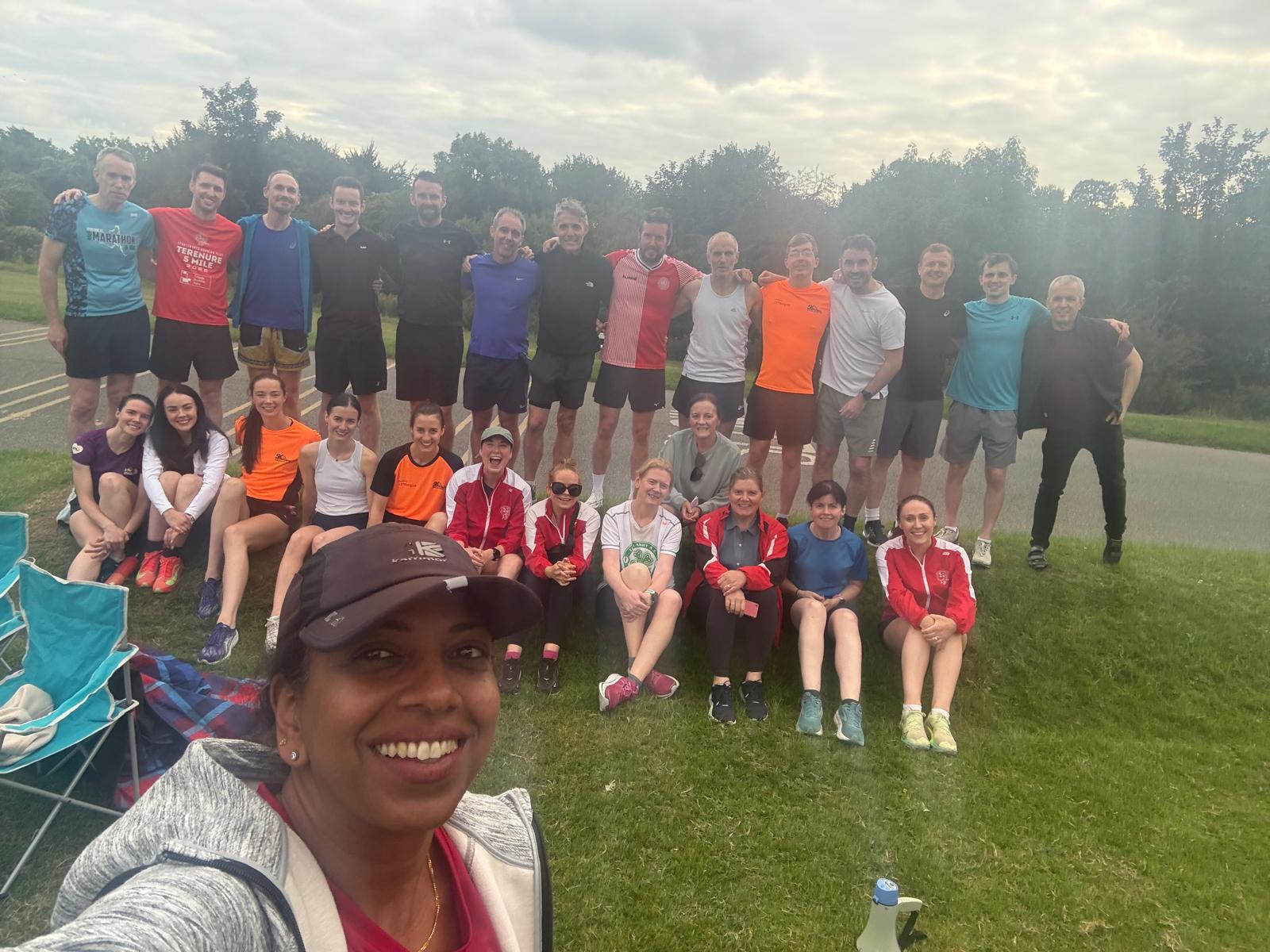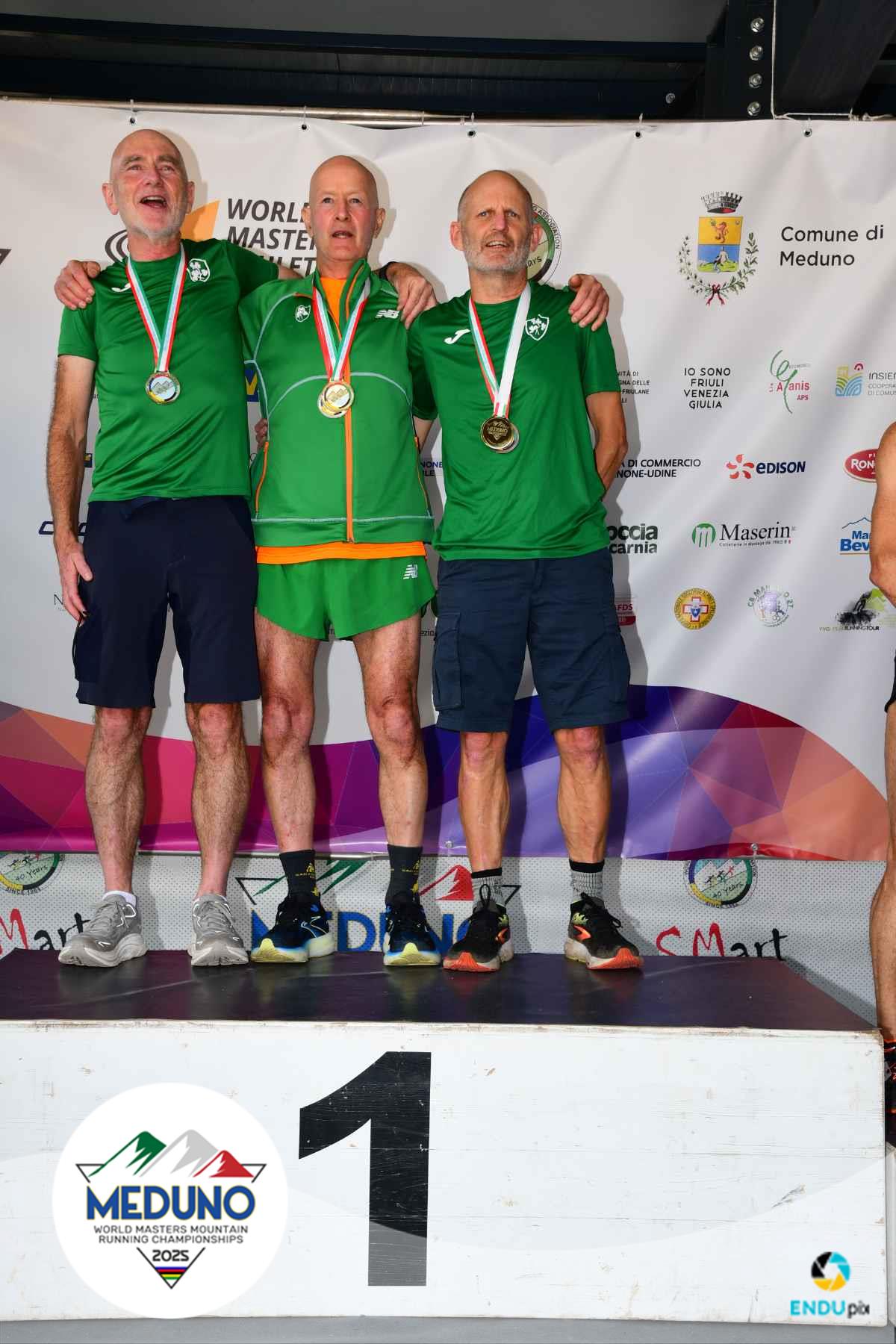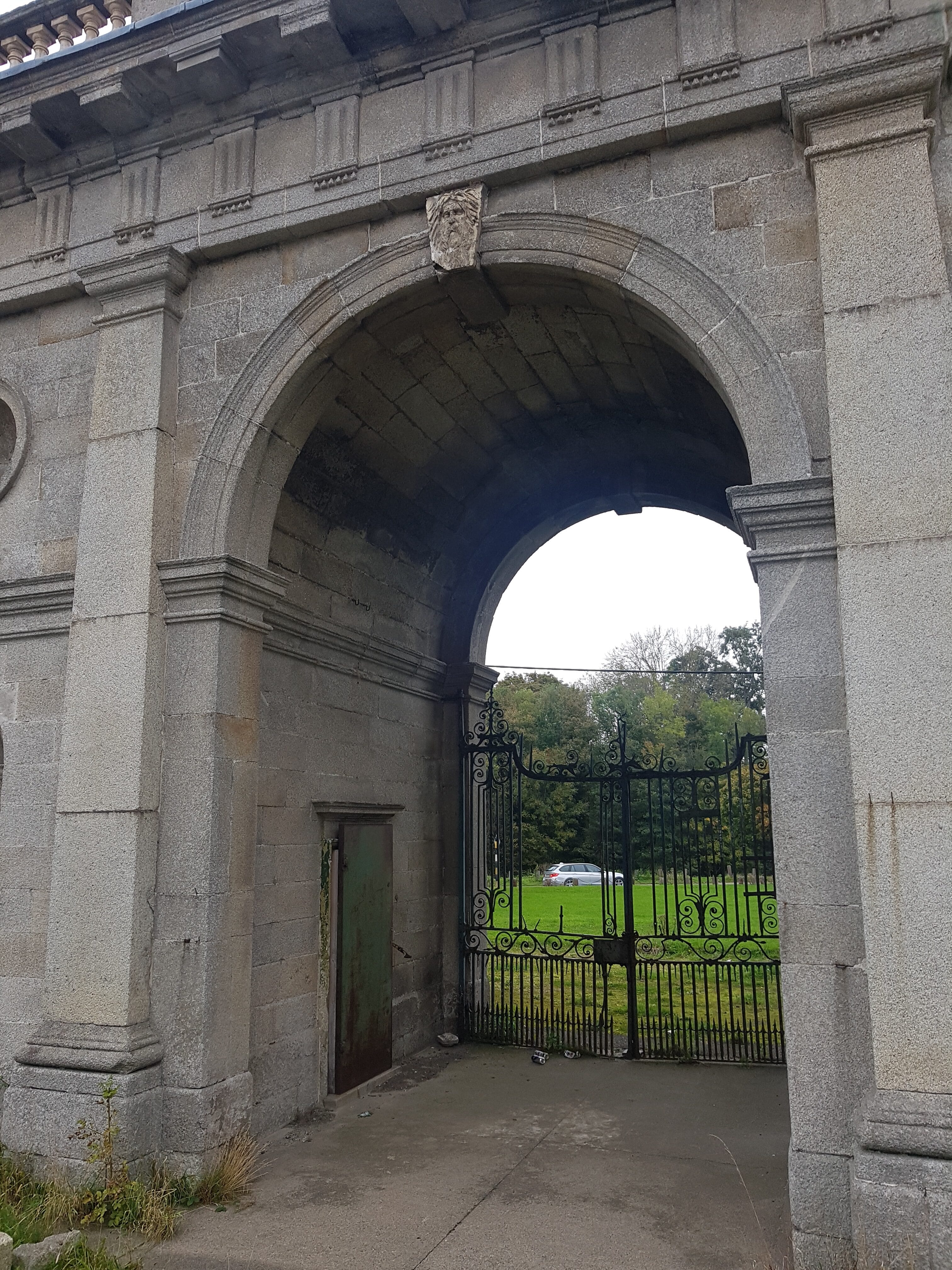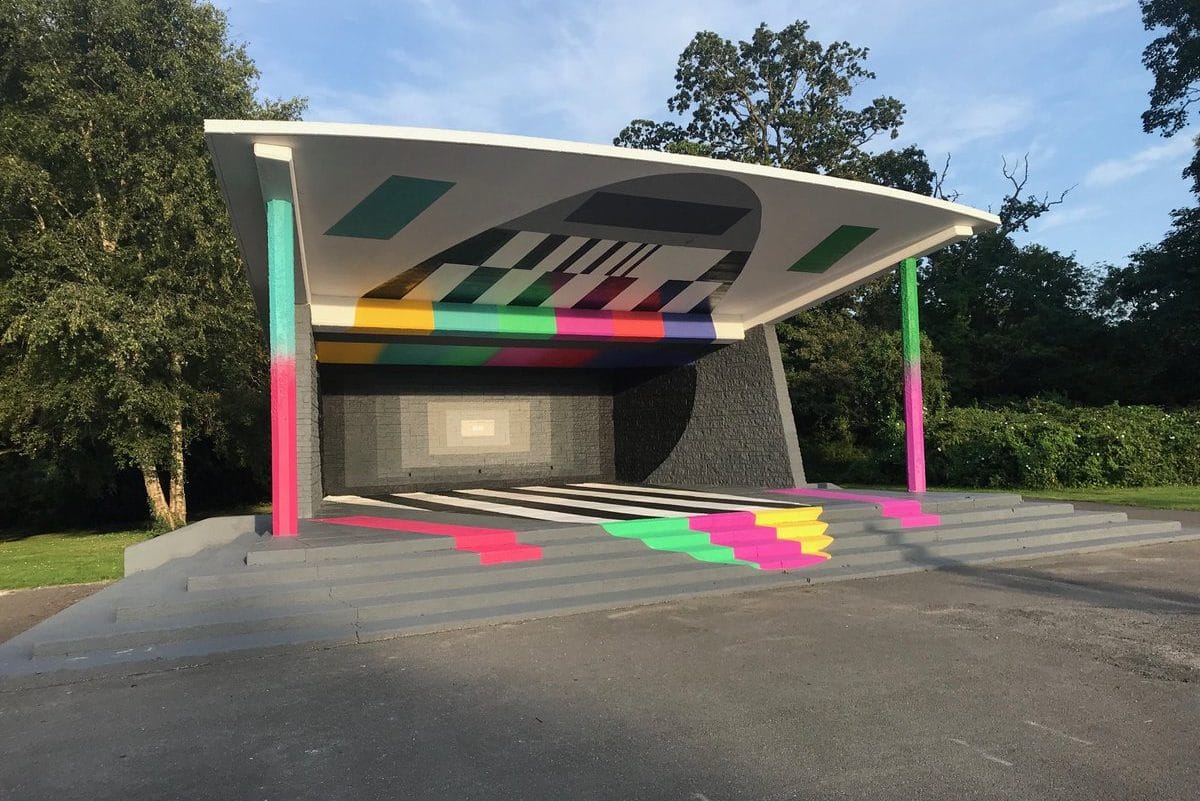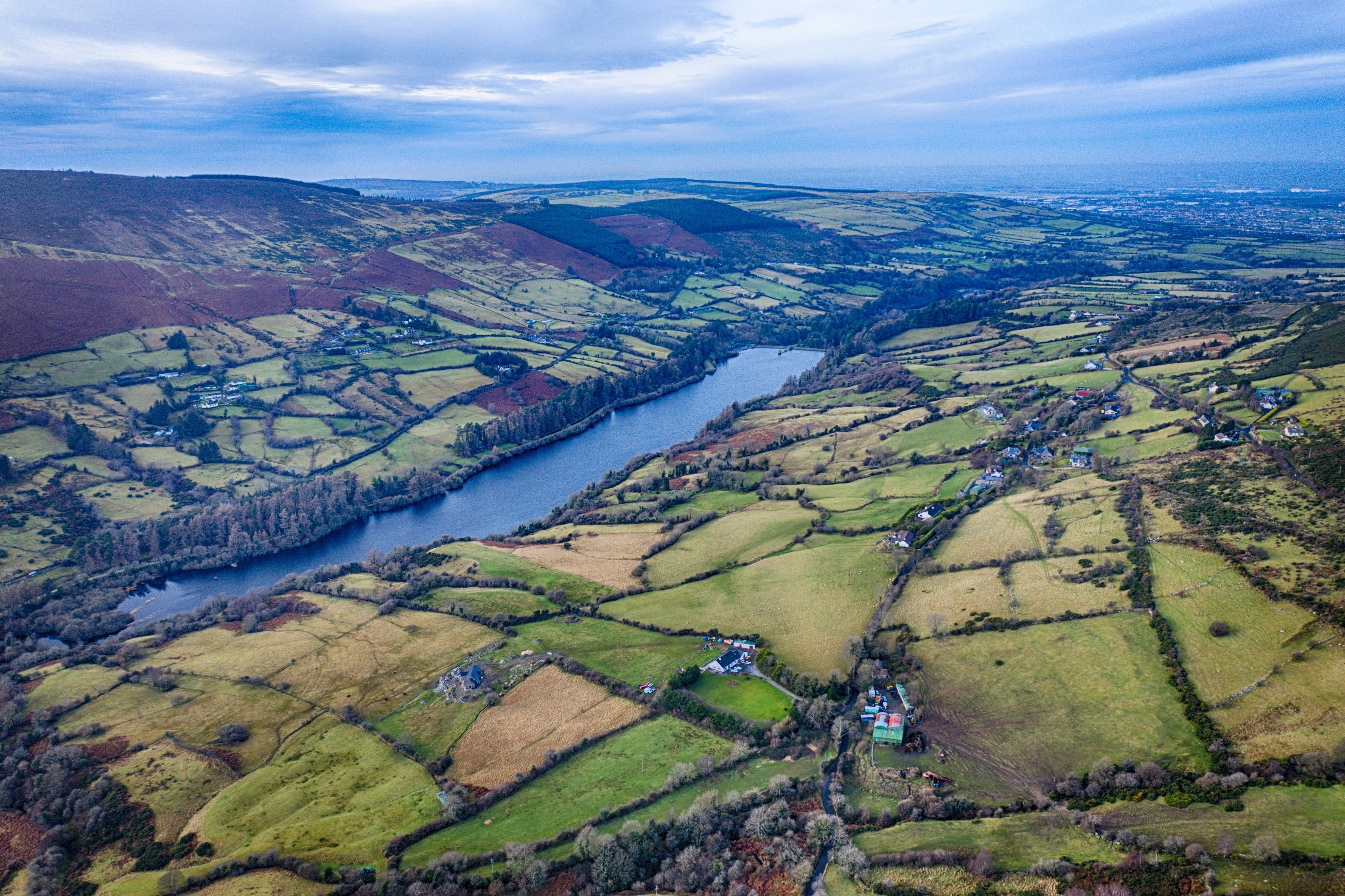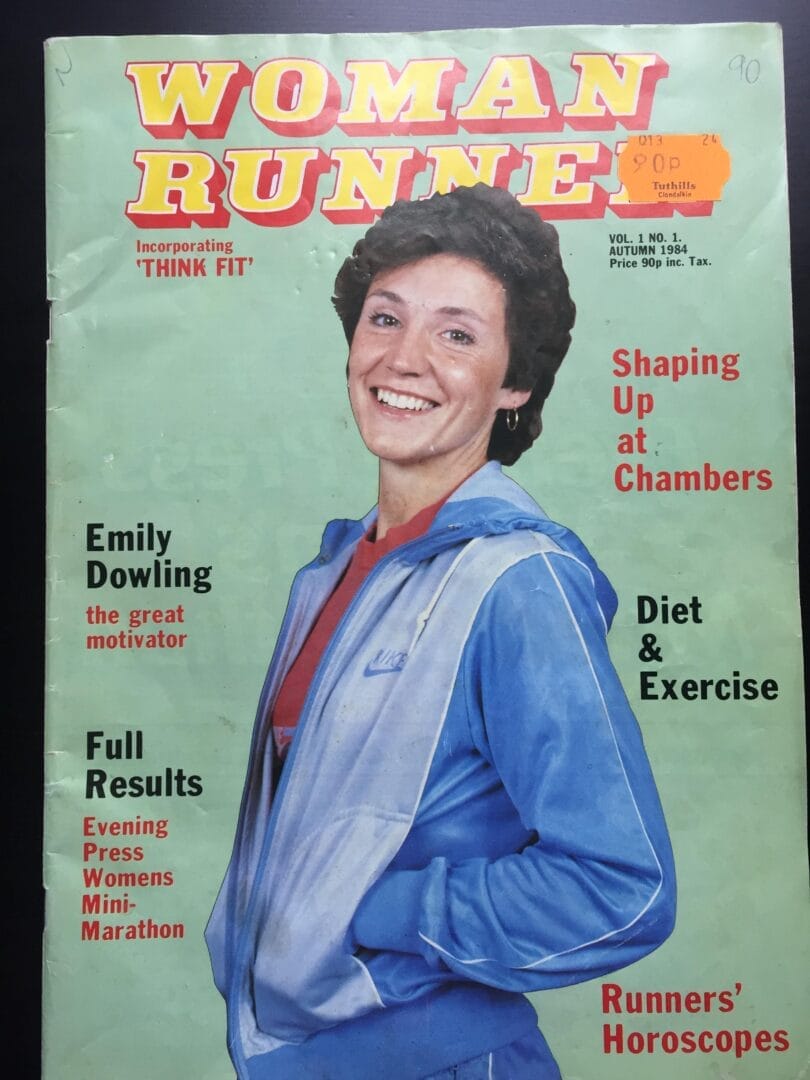Of all the things the last year has taken from us, travel may seem trivial, but I’ve learned it is among the most missed to me as a runner. Virtual racing is unsatisfying not only because we don’t have competitors and companions running alongside us, but it also disappoints because we’re not taking in the sights, sounds, smells, sensations, and yes, even tastes that are unique to each location and which we experience with an unrivalled intensity during a race.
I’ve never been one to ascribe to a bucket list. I’ve always said I want to experience it all, as it comes. I tend to run in the cities as a way to explore the places I’m visiting. I wanted to continue that habit in Dublin so I’ve been exploring the city like never before. (If you don’t want to read the history bit skip down).
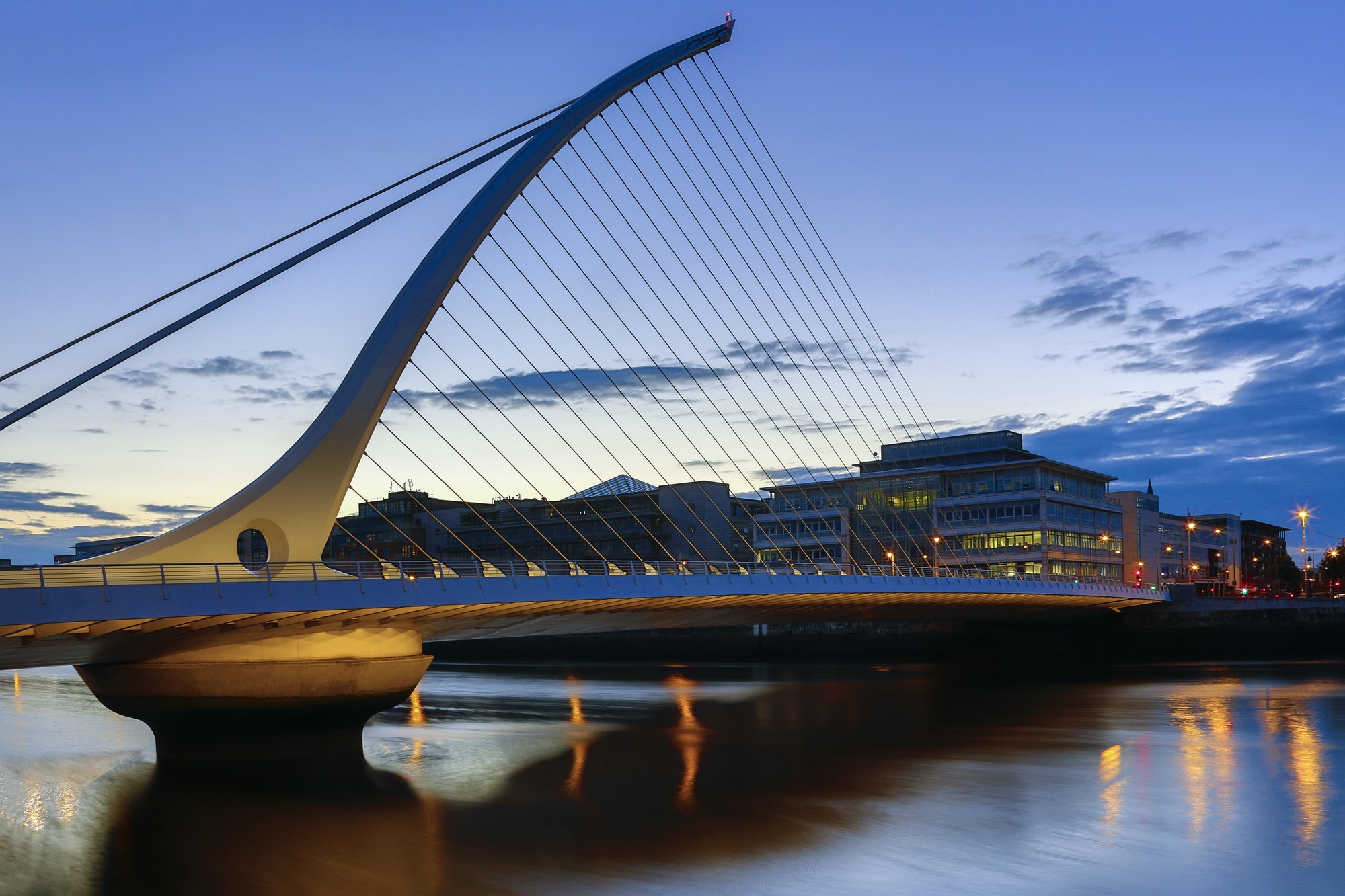
Intending to transport freight and passengers between the capital and River Shannon, work on the Royal Canal began in Dublin in 1790. Construction of its southern counterpart the Grand Canal had already commenced over four decades earlier. The Royal Canal with its 46 locks was finally completed some 27 years later. Flyboats, drawn by horses, was initially used to transport goods and by the 1830s, the canal carried an impressive 80,000 tons of freight and 40,000 passengers a year. Today, few will deny that the Royal Canal’s original construction was an extraordinary engineering feat especially given the era’s limitations.
However, the railways’ arrival soon made the canal redundant, and it sadly fell into disuse, eventually closing in 1961. But, like a phoenix from the ashes, the Royal Canal was re-opened in 2010 following extensive restoration work. Peppered with lock-cottages, 200-year-old limestone bridges and other ruins, the long and winding route with its understated beauty and gentle charms now offer a snapshot into our storied and sombre past.
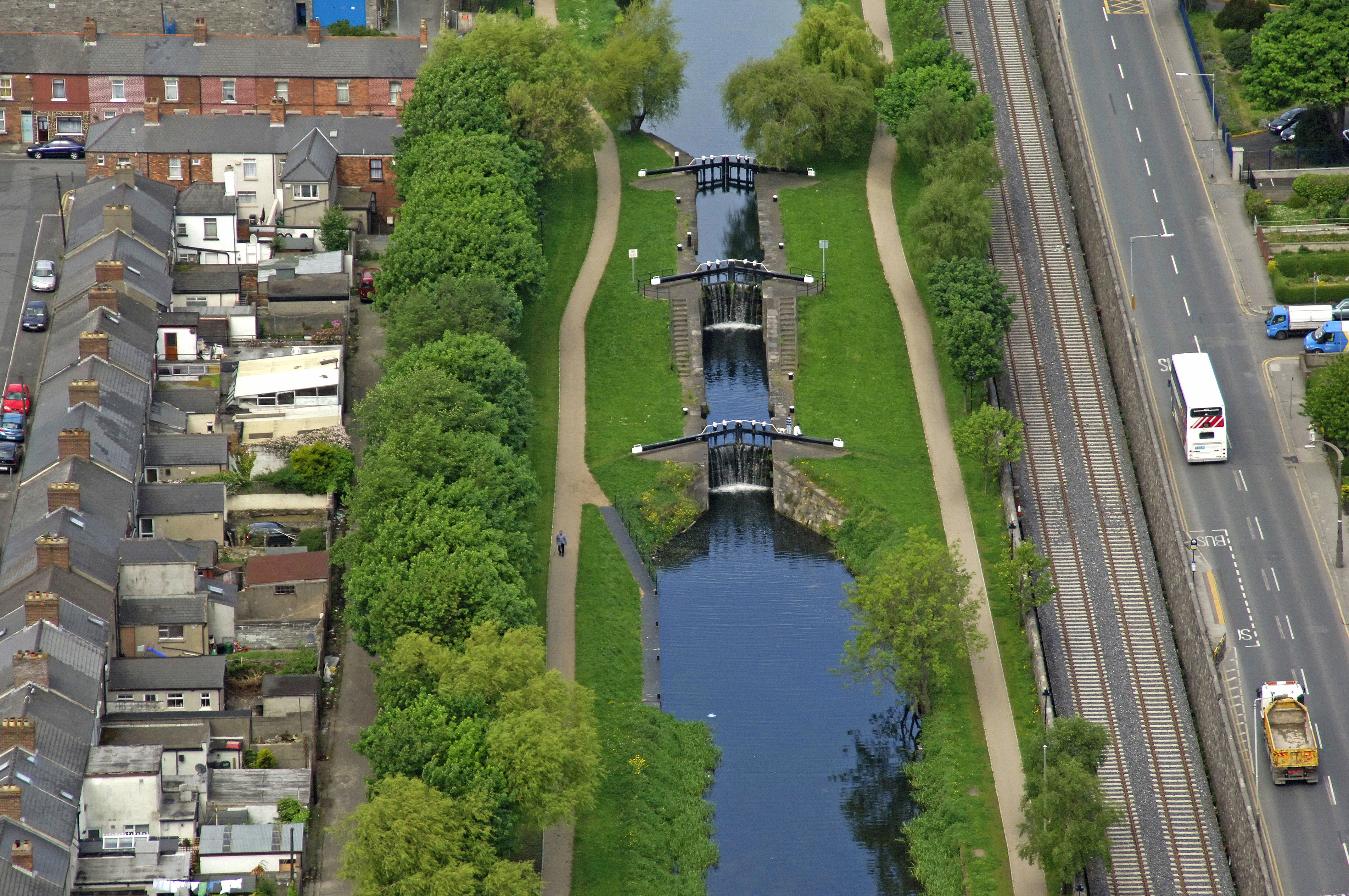
In terms of history, few events have transformed Ireland’s destiny more than the Great Famine in the mid-19th century. In tribute to this devastating period where millions died or emigrated, the National Famine Way follows the ill-fated journey of 1,490 famine emigrants who trudged from Strokestown Park in Co. Roscommon to the ships in Dublin, via the Royal Canal. An inspired addition to the trail is an informative and interactive guide. They also act as waymarkers along the route.
Older generations will note that this canal has only become a multi-purpose amenity in the last decade. Thanks to the tireless efforts from county councils, bodies such as Waterways Ireland, local communities and volunteers today, the Royal Canal can now compete with the best routes in the country. As luck would have it. This incredible feat of engineering is so flat and well sheltered, it is ideally suited to running.

The second phase of the Royal Canal Greenway was officially opened by Lord Mayor of Dublin, Hazel Chu, in August 2020. The greenway is a key component of Dublin City Council’s plan to provide a high-quality pedestrian and cycle network across the city. It created an orbital walking and cycling route intersecting all of the main radial routes into the north city centre. The phase connects southwards to the previously completed first section of the route at Spencer Dock and onward across the River Liffey via the Samuel Beckett Bridge to the Grand Canal Cycleway, thus providing a ring route around the eastern side of the city centre.
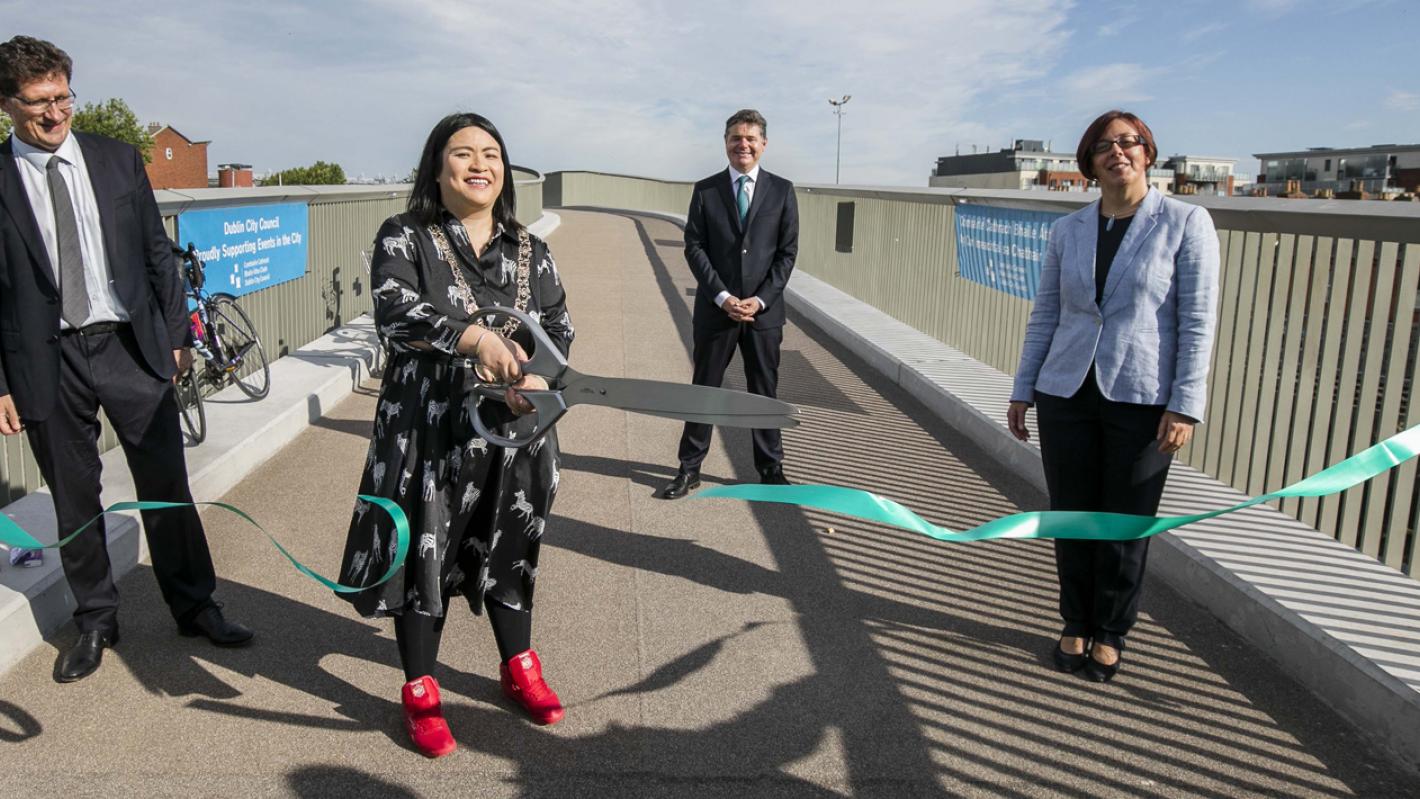
The developments also involved reopening and landscaping 750m of canal bank between Sheriff Street and North Strand Road, upgrade works at the junctions at each end, construction of a new viewing plaza adjacent to Sheriff Street Bridge and retaining and quay wall rehabilitation works in an area of rich industrial heritage. The newly opened section of the greenway will significantly enhance the linkage between the city’s docklands and the rest of north Dublin and westward as far as Cloondara in lovey Longford.
This is where it gets interesting. Although not yet connected up with the Dublin segment a continuous 130KM on Greenway was officially opened on 24th March 2021. Starting in Maynooth, it follows the 200-year-old canal through friendly Enfield and lively Mullingar to Cloondara in Longford, with cafés, picnic spots and attractions along the way. Any Dubliners considering the full route rest should rest assured that it is possible to get back from Longford to Dublin.
I’m starting to ramble so let’s describe the Dublin segment of the run route. You can make it a 21K route by starting anywhere along the Grand Canal between Harolds Cross and Leeson Street but the route really starts at North Wall Quay and ends in Castleknock. Along the route, you run under Croke Park, Glasnevin Cemetery, Mountjoy, Hipster Central ‘The Bernard Shaw’ and plenty of other landmarks. If you want a really detailed step by step visits the royal canal runner guide. Thorough labour of love.

My advice though would be to start along the Grand Canal and come back via the familiar Phoenix Park. The section between Castleknock and Maynooth is more trail like with a variety of surfaces that can be uneven, slippy, mucky and narrow. It’s also very isolated whereas the earlier section is quite busy with walkers, cyclists and runners. This should all be connected to Maynooth in a few years. It will make for incredible running.
If you have limited time and just want to mix up the Sunday long run I would run out the Castleknock gate and join the trail from Ashton. Running West you reach the M50 Viaduct after 3K. It’s quite a sight to see the cars whizzing by beneath. You could combine it with a rundown via the strawberry fields. It’s the closest you can get to a countryside feeling in Dublin.
Whether it’s strolling along the towpath, sitting outside a café and watching the world go by or marvelling at a heron spying its prey in the still waters the Royal Canal is at once calming and invigorating. Rustic and industrial landscapes combine, with rolling fields, pretty waterside villages, working locks and historic landmarks.



